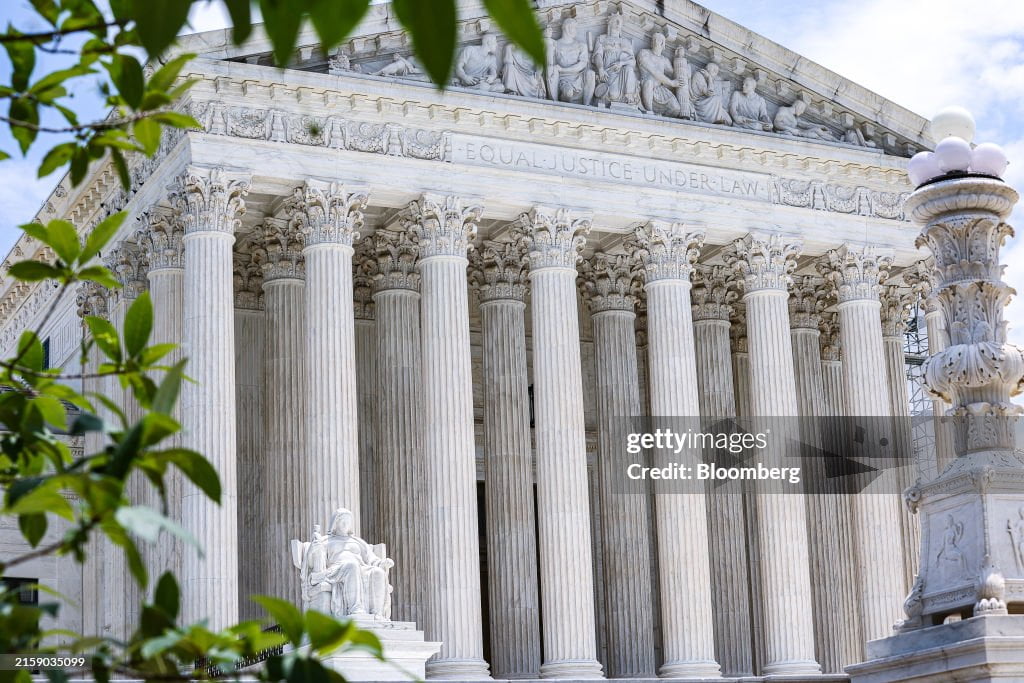U.S. Supreme Court Overrules Chevron and Reshapes the Future of Regulatory Litigation
The U.S. Supreme Court issued its long-anticipated decision in Loper Bright v. Raimondo and
Relentless v. Department of Commerce , a pair of consolidated cases asking the Court to reverse its seminal decision in Chevron v. NRDC . As expected following oral argument , the Court accepted the invitation and overruled Chevron in a 6–3 decision. Under the newly minted Loper Bright doctrine, the majority wrote, “Courts must exercise their independent judgment in deciding whether an agency has acted within its statutory authority, as the APA [Administrative Procedure Act] requires.”
Since more than 40 year, the familiar Chevron two-step framework has guided judicial review. In the first step of the process, the courts were asked to determine whether Congress had “directly addressed the exact question in question.” If not, they were then instructed to support the agency’s interpretation unless it was not “reasonable.” Because broad statutes can be interpreted in many ways, they often change meanings from administration to administration. Creative agencies are not hindered by this, as broad statutes have a tendency to be interpreted differently. Chevron was cited over 18,000 times in federal court cases and hundreds of actions by agencies were supported. Chevron is no doubt influencing the decisions of many agencies.
In Loper Bright the Supreme Court ruled that Chevron is incompatible both with the APA, and the courts’ primary duty to interpret laws passed by Congress. The majority reached this conclusion by relying on the language in the APA which gives federal courts authority to “decide any relevant question of law, to interpret constitutional and statutory provision, and to determine the meaning or application of the terms of a agency action”. They also referred to pre-New Deal cases that stressed the importance of respecting agency decisions, but not blind loyalty.
The Court held that star decisis does not require continued adherence to Chevron. The Court concluded that Chevron is not only wrong, but also “fundamentally flawed” and has proved “unworkable.” Four decades after the Chevron decision, they still have not come up with a clear definition of “ambiguity” or, to use Justice Scalia’s words in a recent law review article: “How clear can you be?” Furthermore, the Court disagreed with the dissent and held that Chevron has not generated substantial reliance, because the Court had had to constantly re Loper-Bright instead of continuing to chip away Chevron’s excesses, the doctrine is thrown out .
Loper-Bright marks the end of a era. Whether its impact is gradual or revolutionary, remains to be determined. The majority, mindful of the possibility of a flood of lawsuits challenging decisions that relied upon Chevron in the past, stressed that “holdings that specific agency action is lawful… are still subjected to statutory stare decisis even though our new interpretative method” and that a “simple reliance on Chevron“, was not enough for an overturning of a precedent. The Court also noted that, if a precedent relied on Chevron, it could suggest that that precedent was “wrongly decided”. And, if such a decision did not grapple with the legal arguments as deference to an agency, this too may undermine the force stare decisivis. The Court will also be looking at agency rulemakings as well as other final actions which relied on Chevron.
Deference is not a thing of the past because Chevron has died. As the majority opinion acknowledges, Congress can (subject only to certain constitutional limitations, such as the Non-Delegation Doctrine), expressly delegate discretionary power to agencies. The decision in Loper Bright simply holds that courts cannot “pretend”, that statutory ambiguity or silence constitutes a delegation. Further, the Court describes its expertise solely in the interpretation of laws; there remains substantial room under the arbitrary-and-capricious standard for agencies to apply their deference in the application of law to new facts. Justice Barrett, at oral argument, gave an example of the difference in a drug and supplement under the Federal Food, Drug, and Cosmetic Act, suggesting “the definition of drug or dietary supplement might be something that is a matter of statutory interpretation, but which category a thing fell into might be a policy question for the agency.”
Some predictions that Chevron would lead to a rapid demise of regulatory state may prove false. However, the decision will fundamentally alter how Congress writes laws and how courts interpret them. It could also reshape the internal decision-making process within agencies.
